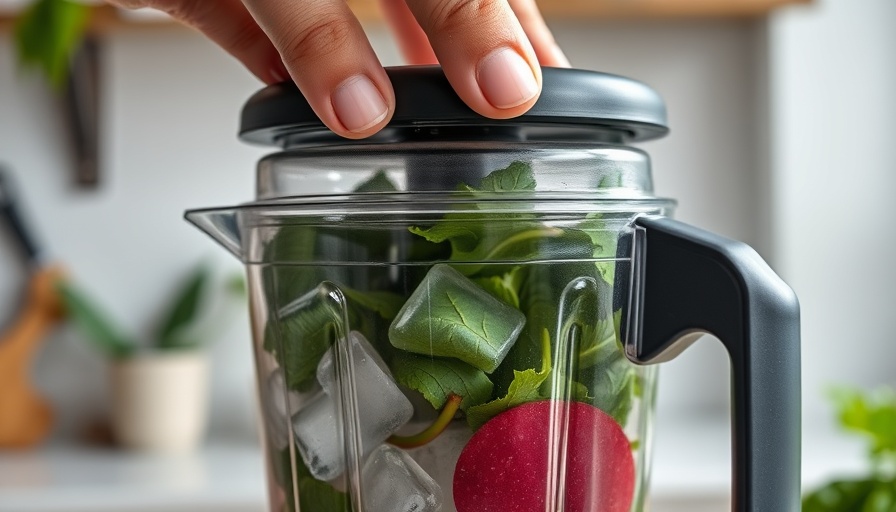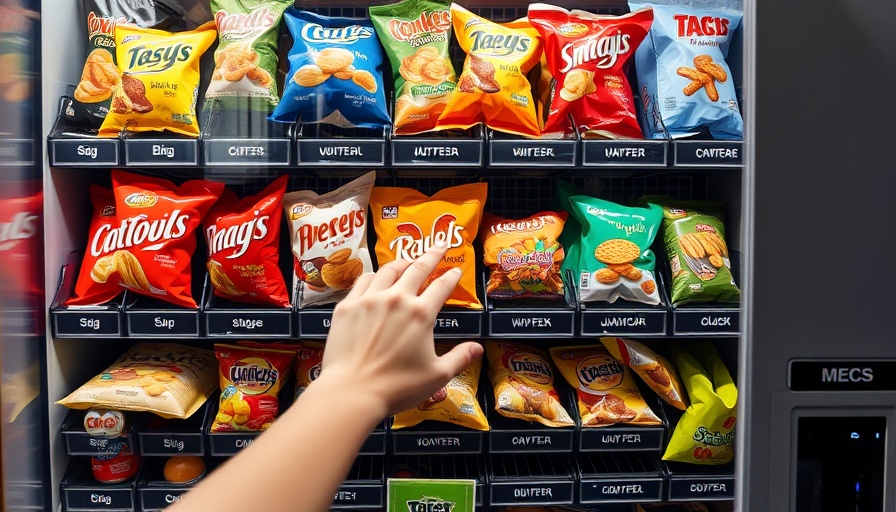
Understanding Your Blender's Limitations
Your blender may seem like a superhero in the kitchen, capable of doing it all, but it’s essential to know its limits. This versatile tool can whip, blend, and puree a wide range of ingredients, yet certain items can cause lasting damage or won't blend properly. Here are some critical things to avoid putting in your blender, ensuring it remains in top condition and that your culinary creations turn out perfectly.
1. Ice Cubes: The Hidden Danger
Many of us toss ice cubes into the blender when making smoothies, thinking this will give us that refreshing texture. But regular blenders can struggle with these hard little cubes. Over time, this can dull or chip the blades, reducing the blender's efficiency. Instead, opt for crushed ice or use frozen fruits, which not only chill your drinks but also lend a thick texture without risking damage to your appliance.
2. Hot Liquids: A Scalding Mishap
Blending hot liquids can lead to kitchen disasters. The steam from heated foods can build up pressure inside the blender, causing the lid to blow off and splatter scalding contents everywhere. A simple solution is to let your liquids cool down before blending or to use an immersion blender, which is specifically designed to handle hot soups and sauces right in the pot.
3. Coffee Beans: A Recipe for Dull Blades
Using a blender to grind coffee beans might sound like a time-saver, but it can dull the blades quickly, leading to unevenly ground coffee. If you love your coffee, investing in a dedicated grinder is beneficial for achieving a consistent grind. In a pinch, you can also use a mortar and pestle to grind your beans without risking damage to your blender.
4. Potatoes: A Starchy Misadventure
When blended, potatoes release starch that can quickly turn an intended creamy dish into a gluey mess. For the best results, take the traditional route with a potato masher or ricer. If you must use a blender, ensure to add plenty of liquid and blend in short bursts to avoid that sticky disaster.
5. Dried Fruit: Tough Nut to Crack
Dried fruits might be a delicious addition to many dishes, but their chewy texture can wreak havoc on your blender. Instead of tossing them in whole, soak them in water to soften them first or chop them into smaller pieces. This makes blending easier and helps preserve your appliance's functionality.
6. Fibrous Vegetables: Strain on Your Blender
Though vegetables like celery and kale are packed with nutrients, their fibrous nature can strain your blender if combined improperly. The best approach is to chop them into small pieces beforehand, allowing your blender to handle them more efficiently without resistance.
7. Super Sticky Ingredients: A Blending Disaster
Ingredients like molasses or peanut butter can create a sticky situation in your blender. Over time, these substances can stick to the blades and bowl, causing strain and wear. To make blending easier, consider warming sticky ingredients slightly or mixing them with other liquids beforehand.
The Takeaway: Blending Wisely
To sum up, knowing what not to put in your blender can significantly enhance its lifespan and performance. Ensuring a healthy and safe blending experience not only protects your kitchen gear but also results in smoother and tastier blends. Implement these tips into your daily routine for a more efficient and enjoyable cooking experience!
Ready to elevate your kitchen game? Embrace these blender tips today and discover the joy of smooth, delicious blends that keep your appliance working smoothly. Whether you're meal prepping for the week or whipping up a quick smoothie, make sure to treat your blender with care for the best results!
 Add Row
Add Row  Add
Add 




 Add Row
Add Row  Add
Add 


Write A Comment